Fire Behavior in a Hermetic Pressurization Building for Reducing the Effects of High Altitude: A Case Study
Abstract
1. Introduction
2. Project Overview
- There are a lot of combustible materials, which can easily cause heavy casualties and economic losses;
- The building structure itself can easily to cause the rapid spread of fire;
- Concentrated personnel, frequent flow, and difficult management;
- Many disaster-causing factors, such as electricity, fire, and gas.
3. Fire Scenario Setting and FDS Simulation
3.1. Scenario Setting
- The most likely but not necessarily the most harmful principle;
- The principle of greater fire harm; and
- The principle that fire damage is great, but the possibility of occurrence is small.
3.1.1. Fire Load
3.1.2. Fire Source Position
3.1.3. Coefficient of Fire Growth
3.1.4. Maximum Heat Release Rate
3.1.5. Fire Scenario Setting
3.2. Numerical Model
- Environment: ambient temperature is 20 °C; outdoor pressure is 0.652 standard atmosphere pressure (atm); and the indoor pressure is 0.852 atm. The effect of wind is not considered, or the wind speed is 0 m/s;
- Opening condition: in the fire simulation process, all doors are kept closed except the door of the guest room on fire;
- Fire source position: see the position of each fire source in the previous section;
- Combustible type: the combustibles in the guest room are complicated, including wood, synthetic fibers, etc., and it is difficult to carry out simulation calculation on all combustibles. In order to simplify the calculation, it is assumed that the combustion material used in the simulation calculation is composed of 50% wood and 50% synthetic fibers. The soot yield and CO yield are set as 0.05 g/g, as commonly used in fire engineering design;
- Object surface: the external walls of the building are set as thermal insulation walls, and the thermal conductivities are taken as 0.05 W/(m.K);
- The simulation time is set as 900 s.
3.3. Criterion for Safe Evacuation
4. Simulation Result Analysis
4.1. Fire Scenario A1
4.2. Fire Scenarios A2 to B4
4.3. Analysis of Personnel Safety Evacuation
5. Conclusions and Suggestions
- (1)
- When the door of the fire room is opened, the smoke detector in the corridor detects the fire earlier, while the smoke spreads into the corridor faster. A closed door can effectively delay and prevent the smoke spread from the fire room to the corridor. The start of the automatic sprinkler system can significantly reduce the scale of the fire and restrain the increase of toxic gas concentration and indoor temperature rise.
- (2)
- Only when the fire source is on the first floor and the fire room door is closed can the available evacuation time meet the required safe evacuation time. When the fire source is on the second floor and the fire room door is closed, personnel may evacuate safely by stooping down through the smoke layer to reach the staircase connecting to the first floor.
- (1)
- Automatic sprinkler systems should be set in the guest rooms and the corridor, and a rapid response sprinkler is suggested.
- (2)
- A door-closing device should be installed on the room door to ensure that the door is always closed.
- (3)
- As it will take quite a long time for the occupants to depressurize and re-pressurize the transition cabin when escaping to the outside, the entire building must be depressurized after a fire breaks out.
Author Contributions
Funding
Data Availability Statement
Conflicts of Interest
References
- China Construction Three Bureau. “Zero Altitude House” Let You Conquer the Tibetan Plateau. Available online: https://www.kepuchina.cn/Article/articleInfo?business_type=100&classify=0&ar_id=85175 (accessed on 7 April 2023).
- Tu, R.; Zeng, Y.; Fang, J.; Zhang, Y.M. Influence of high altitude on the burning behaviour of typical combustibles and the related responses of smoke detectors in compartments. R. Soc. Open Sci. 2018, 5, 180188. [Google Scholar] [CrossRef] [PubMed]
- GB/T12130-2005; Standard for Medical Air Pressurized Oxygen Chamber. National Standard of the People’s Republic of China: Beijing, China, 2005. (In Chinese)
- McGrattan, K.; Hostikka, S.; Floyd, J.; Mcdermott, R.; Vanella, M. Fire Dynamics Simulator User’s Guide. NIST Special Publication 1019, 6th ed.; National Institute of Standards and Technology: Gaithersburg, MD, USA, 2022. [Google Scholar]
- GB50016-2014; Code for Fire Protection Design of Buildings. National Standard of the People’s Republic of China: Beijing, China, 2014. (In Chinese)
- Hurley, M.J.; Gottuk, D.; Hall, J.R.; Harada, K.; Kuligowski, E.; Puchovsky, M.; Torero, J.L.; Watts, J.M.; Wieczorek, C. SFPE Handbook of Fire Protection Engineering-Fifth Edition; Springer: New York, NY, USA, 2016. [Google Scholar]
- Babrauskas, V. Fire Endurance in Buildings, UCB FRG 76-16; University of California: Berkeley, CA, USA, 1976. [Google Scholar]
- Thomas, P.H. Design guide: Structure fire safety CIB W14 workshop report. Fire Saf. J. 1986, 10, 77–137. [Google Scholar] [CrossRef]
- Fire Prevention Council of Tokyo Fire Department. Fire Safety Assessment Based on the Architectural Characteristics; University of Tokyo Press: Tokyo, Japan, 2001. [Google Scholar]
- Cai, Y.; Li, T. Statistics and analysis of fire load of hotel buildings in Tianjin. Fire Tech. Prod. Inf. 2008, 4, 24–27. (In Chinese) [Google Scholar]
- Gao, W.; Sun, J.H. Analysis on the distribution regularity of fire load in hotel and college students’ dormitory buildings. J. Saf. Environ. 2009, 9, 153–156. (In Chinese) [Google Scholar]
- Guo, Z.D.; Xu, F.Y.; Wu, L.Z.; Yue, L.H. Survey and statistical analysis of the fire load in hotel rooms. J. Saf. Environ. 2011, 11, 149–153. (In Chinese) [Google Scholar]
- Luo, J.; Sun, C.M. Investigation and statistical analysis of fire load in Yunnan ancient city hotel. Fire Sci. Technol. 2019, 358, 1171–1173. (In Chinese) [Google Scholar]
- Wang, N.S. Performance Based Design of High Rise Buildings Based on Fire Load Survey. Master’s Dissertation, Chongqing University, Chongqing, China, 2013. (In Chinese). [Google Scholar]
- Zhang, C.; Li, G.Q. Modified one zone model for fire resistance design of steel structures. Adv. Steel Constr. 2013, 9, 284–299. [Google Scholar]
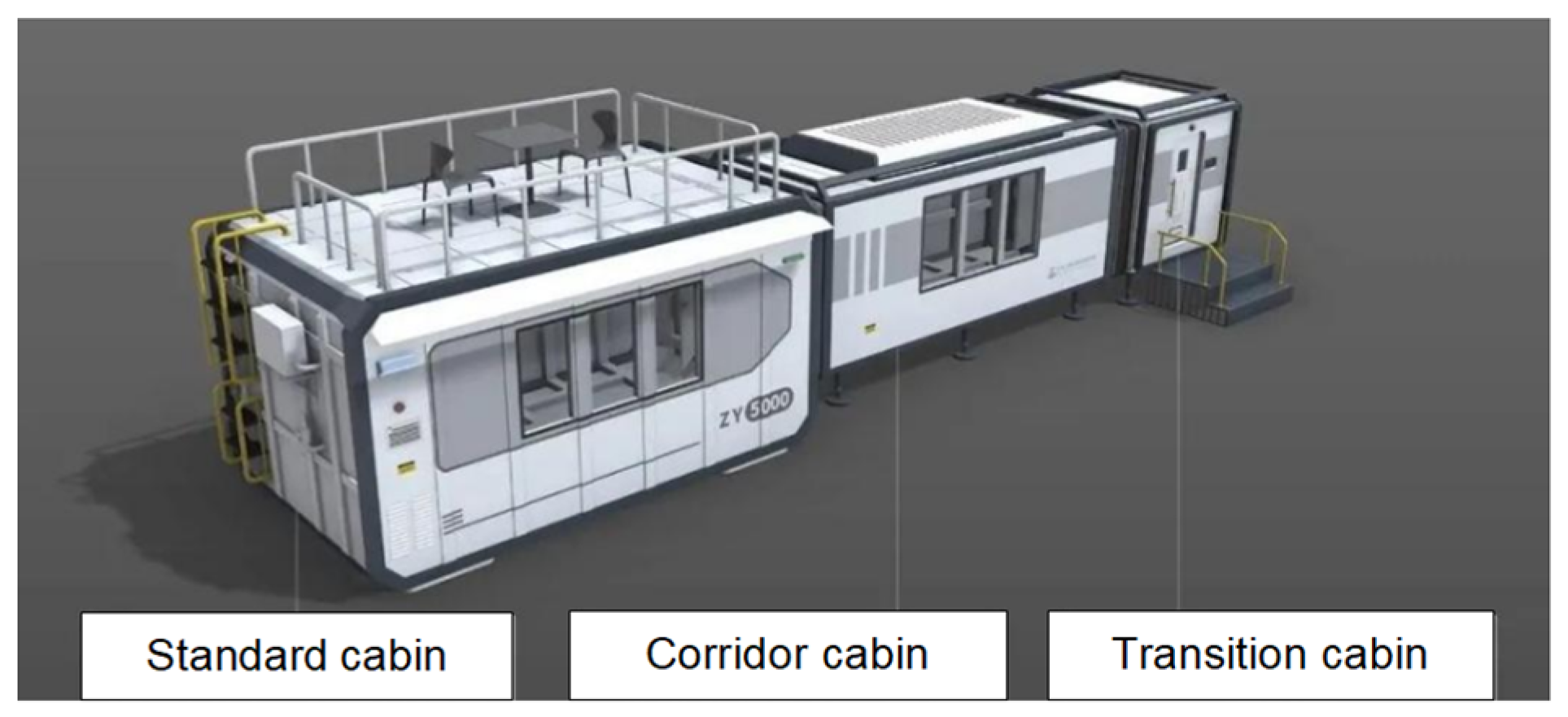
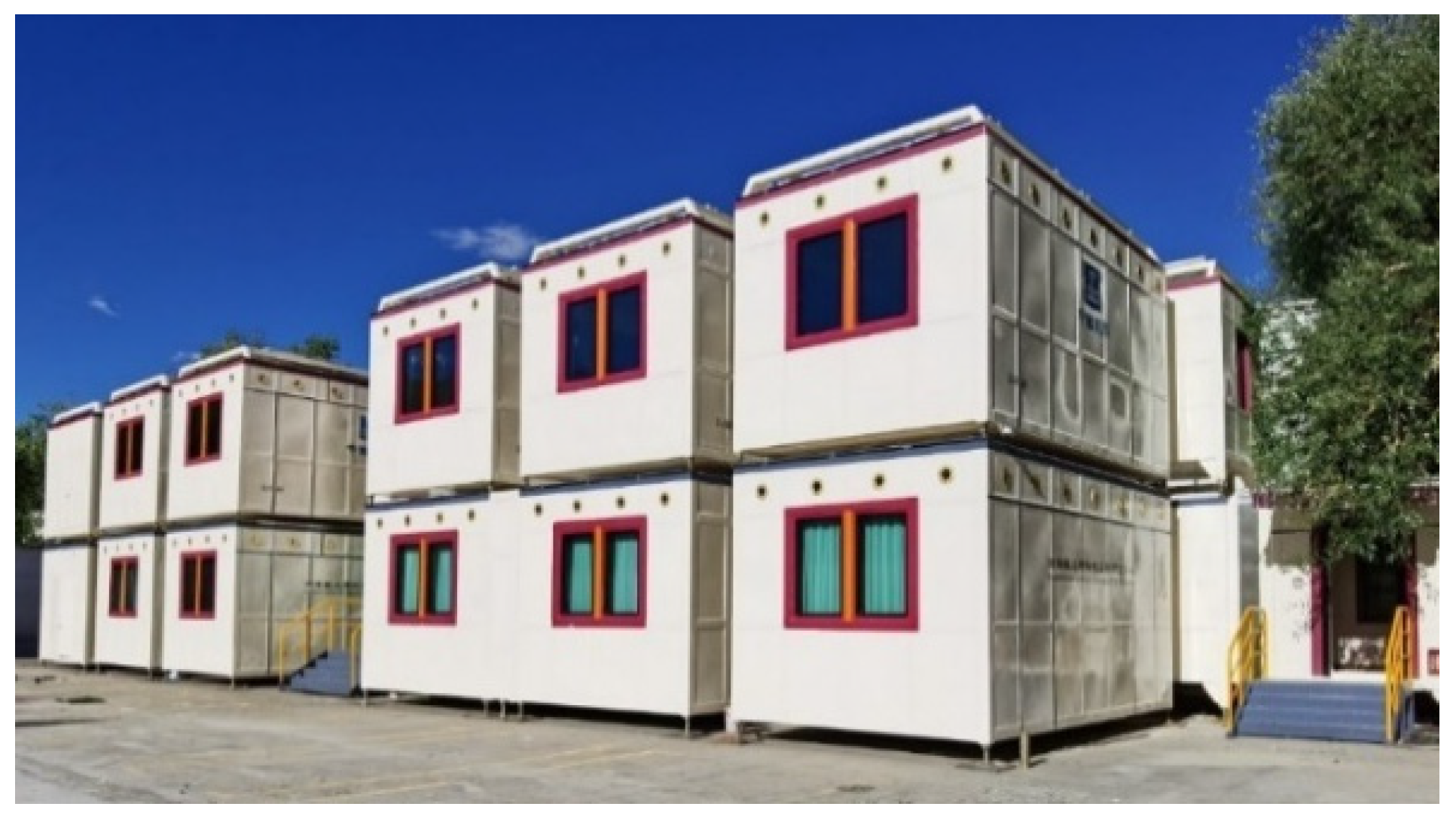


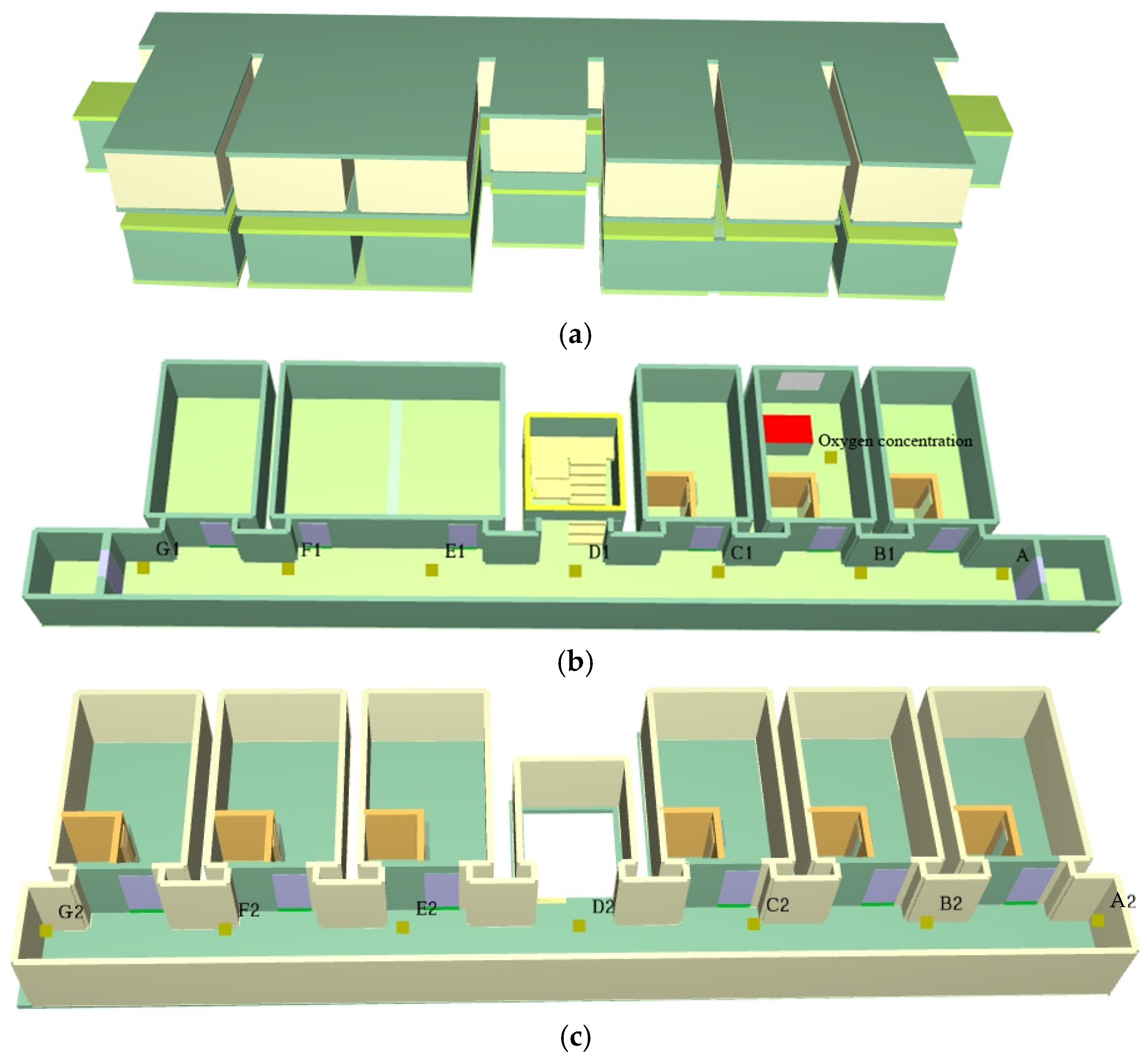



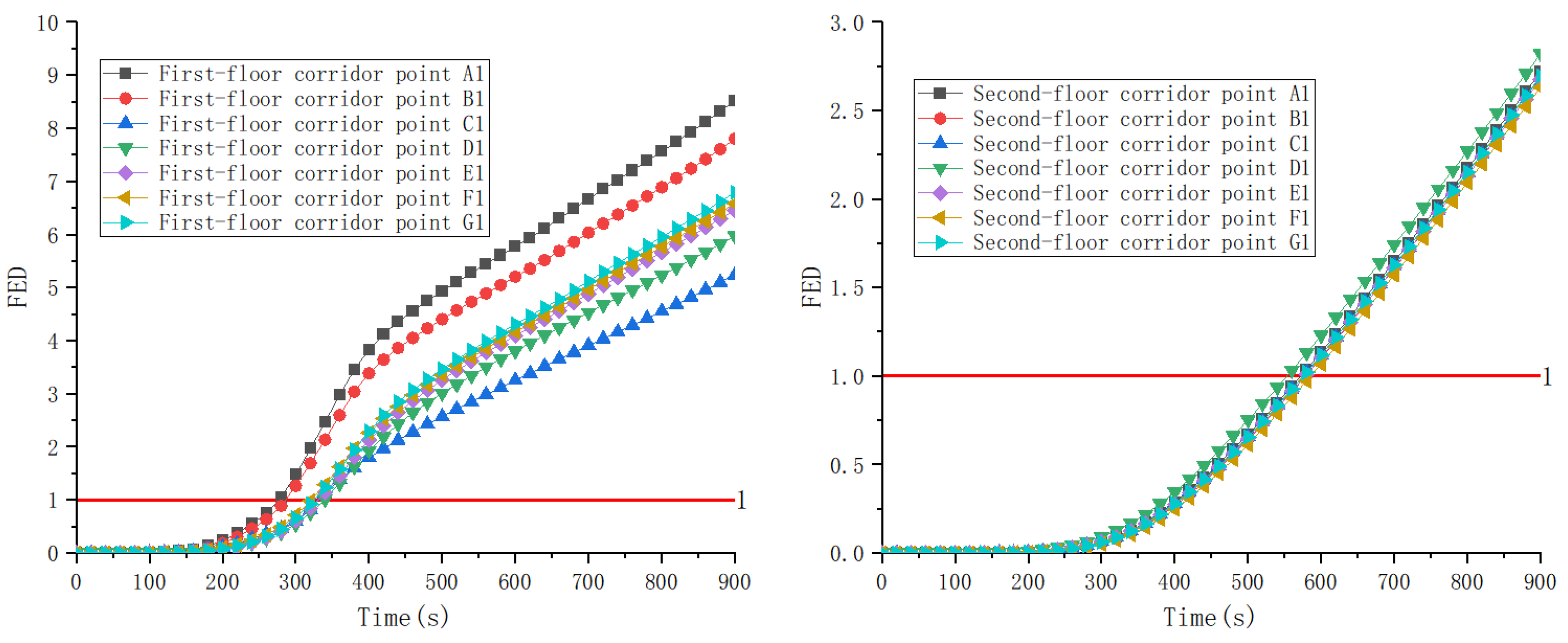
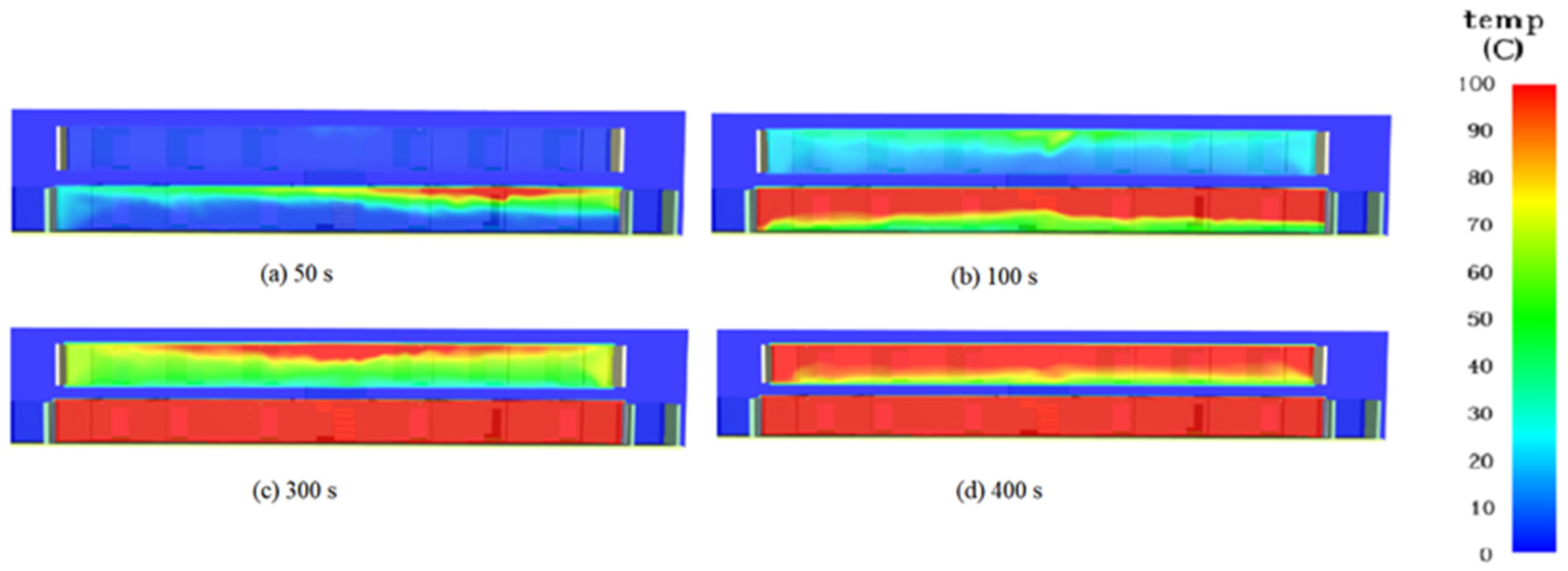
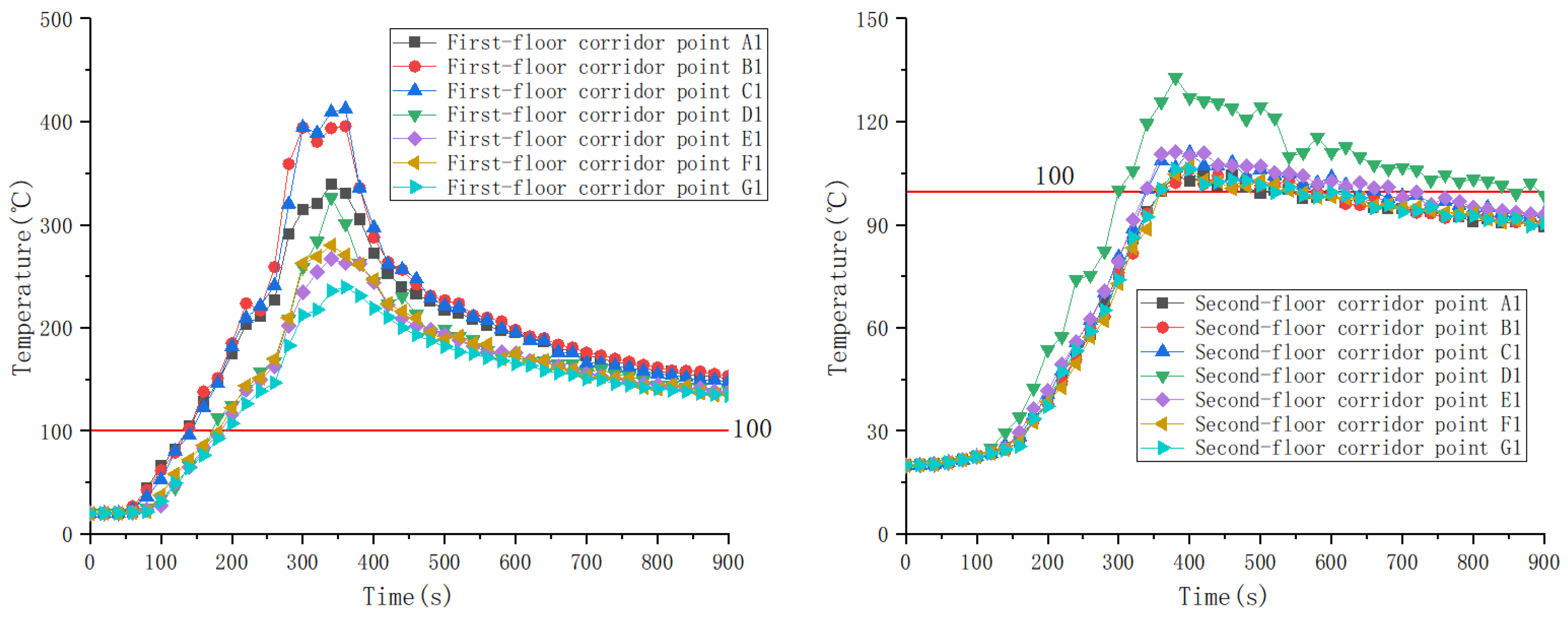

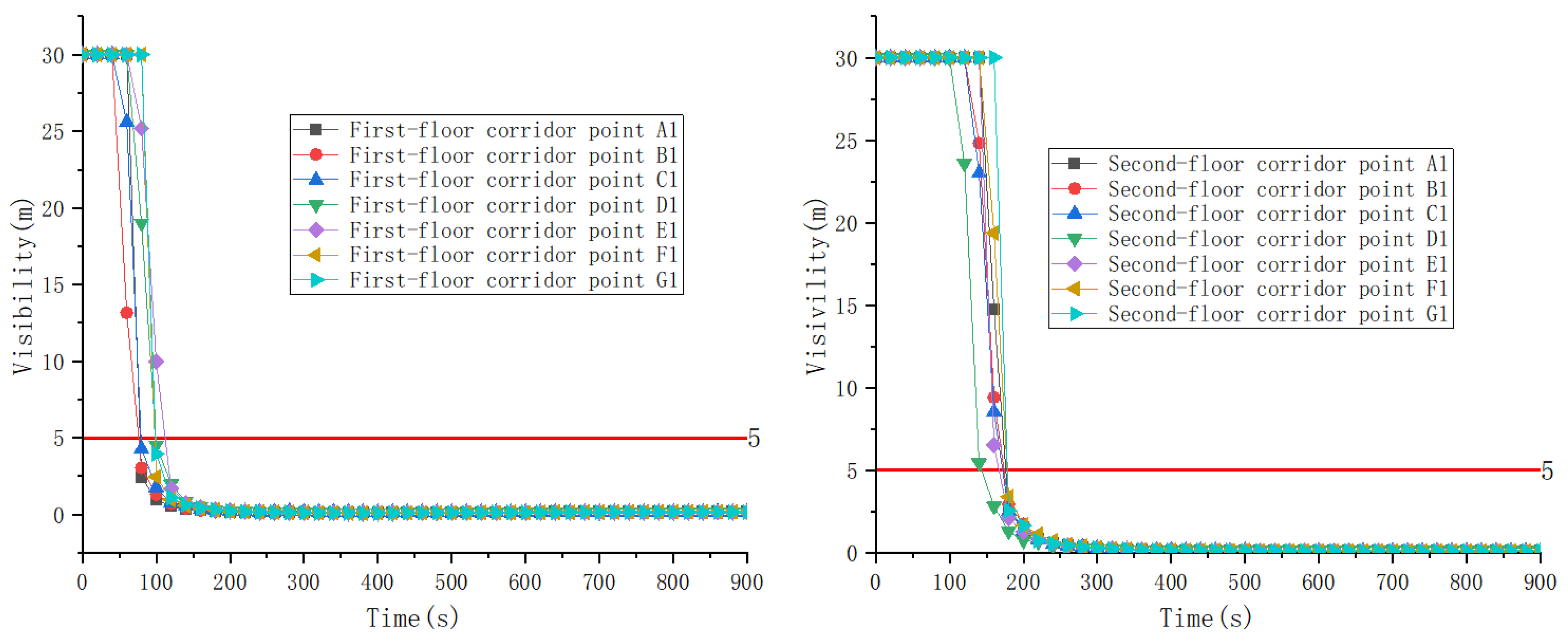
| Institution/Scholar | Year | Place | Type of Hotel | Fire Load /MJ/m2 |
|---|---|---|---|---|
| Babrauskas [7] | 1976 | Sweden | Hotel | 251~568 |
| International architectural research institute [8] | 1983 | Britain | Guesthouse | 400~510 |
| Tokyo fire department [9] | 2001 | Japan | Hotel | 90~270 |
| Cai & Li [10] | 2008 | Tianjin | High/medium/low grade hotel | 229~540 |
| Gao & Sun [11] | 2009 | Anhui | High/medium/low grade hotel | 234~473 |
| Guo et al. [12] | 2011 | Beijing | Medium grade hotel | 358~718 |
| Luo & Sun [13] | 2019 | Yunnan | Hotel | 69~1017 |
| Type of Room | Fire Load Density (MJ/m2) | ||||
|---|---|---|---|---|---|
| Maximum Value | Minimum Value | Average Value | Standard Deviation | The 90th Percentile | |
| Administrative office | 821.6 | 182.09 | 496.62 | 140.73 | 671.42 |
| General office | 968.00 | 244.93 | 560.78 | 169.90 | 784.29 |
| Meeting room | 646.63 | 168.50 | 317.49 | 133.25 | 543.71 |
| Antechamber | 543.00 | 72.72 | 235.05 | 142.60 | 488.50 |
| Others | 1414.60 | 132.00 | 647.31 | 373.91 | 1204.60 |
| Total | 1412.60 | 72.72 | 497.24 | 186.70 | 729.07 |
| Fire Type | Typical Combustible Material | Coefficient of Fire Growth α (kW/s2) | The Time When the Heat Release Rate Reaches 1000 kW |
|---|---|---|---|
| Slow fire | Hardwood furniture | 0.0029 | 600 |
| Medium speed fire | Cotton and polyurethane mats | 0.012 | 300 |
| Fast fire | Full mail bags, wooden shelving trays, styrofoam | 0.047 | 150 |
| Extremely fast fire | Oil pool fires, fast burning decorative furniture, lightweight curtains | 0.187 | 75 |
| Fire Scenario | Coefficient of Fire Growth α (kW/s2) | Maximum Fire Heat Release Rate (MW) | Fire Room Door | Automatic Sprinkler System |
|---|---|---|---|---|
| A1 | 0.047 | 3.3 | Open | No |
| A2 | 0.047 | 3.3 | Closed | No |
| A3 | 0.047 | 0.43 | Open | Yes |
| A4 | 0.047 | 0.43 | Closed | Yes |
| B1 | 0.047 | 3.3 | Open | No |
| B2 | 0.047 | 3.3 | Closed | No |
| B3 | 0.047 | 0.43 | Open | Yes |
| B4 | 0.047 | 0.43 | Closed | Yes |
| Parameter | Limit Value |
|---|---|
| Temperature at 1.7 m eye height (°C) | 100 |
| FED at 1.7 m eye height | 1 |
| Visibility at 1.7 m eye height (m) | 5 |
| Criterion | A1 | A2 | A3 | A4 | Criterion | B1 | B2 | B3 | B4 |
|---|---|---|---|---|---|---|---|---|---|
| The FED of A1 and G1 measuring points both reached 1 | 320 | 900 | 620 | 900 | The FED of D2 measuring points reached 1 | 350 | 900 | 530 | 900 |
| The temperature of A1 and G1 measuring points reached 100 °C | 190 | 900 | 320 | 900 | The temperature of D2 measuring points reached 100 °C | 180 | 900 | 250 | 900 |
| The visibility of A1 and G1 measuring points is less than 5 m | 100 | 650 | 120 | 900 | The visibility of D2 measuring points is less than 5 m | 110 | 260 | 120 | 300 |
Disclaimer/Publisher’s Note: The statements, opinions and data contained in all publications are solely those of the individual author(s) and contributor(s) and not of MDPI and/or the editor(s). MDPI and/or the editor(s) disclaim responsibility for any injury to people or property resulting from any ideas, methods, instructions or products referred to in the content. |
© 2023 by the authors. Licensee MDPI, Basel, Switzerland. This article is an open access article distributed under the terms and conditions of the Creative Commons Attribution (CC BY) license (https://creativecommons.org/licenses/by/4.0/).
Share and Cite
Yuan, J.-P.; Li, S.-J.; Zhang, K.; Wang, K.-Q.; Liu, Z.-M.; Ye, Z.-W.; Zhou, J.-Y.; Zhang, C. Fire Behavior in a Hermetic Pressurization Building for Reducing the Effects of High Altitude: A Case Study. Fire 2023, 6, 178. https://doi.org/10.3390/fire6050178
Yuan J-P, Li S-J, Zhang K, Wang K-Q, Liu Z-M, Ye Z-W, Zhou J-Y, Zhang C. Fire Behavior in a Hermetic Pressurization Building for Reducing the Effects of High Altitude: A Case Study. Fire. 2023; 6(5):178. https://doi.org/10.3390/fire6050178
Chicago/Turabian StyleYuan, Jian-Ping, Shi-Jie Li, Kun Zhang, Kai-Qiang Wang, Zhi-Mao Liu, Zhi-Wu Ye, Ji-Yun Zhou, and Chao Zhang. 2023. "Fire Behavior in a Hermetic Pressurization Building for Reducing the Effects of High Altitude: A Case Study" Fire 6, no. 5: 178. https://doi.org/10.3390/fire6050178
APA StyleYuan, J.-P., Li, S.-J., Zhang, K., Wang, K.-Q., Liu, Z.-M., Ye, Z.-W., Zhou, J.-Y., & Zhang, C. (2023). Fire Behavior in a Hermetic Pressurization Building for Reducing the Effects of High Altitude: A Case Study. Fire, 6(5), 178. https://doi.org/10.3390/fire6050178






